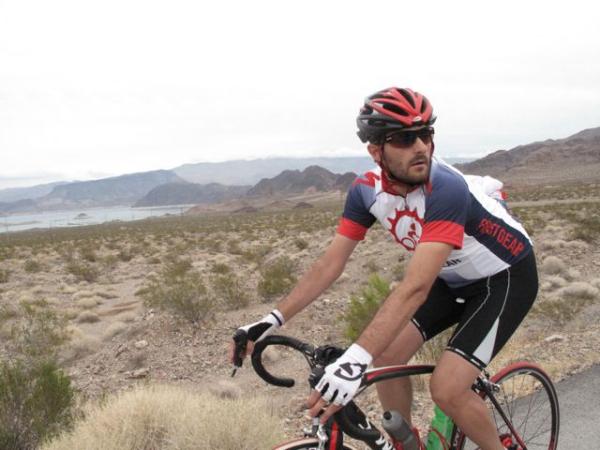Eight conclusions from Paris-Roubaix
Analysis of the good and bad after the Queen of the Classics
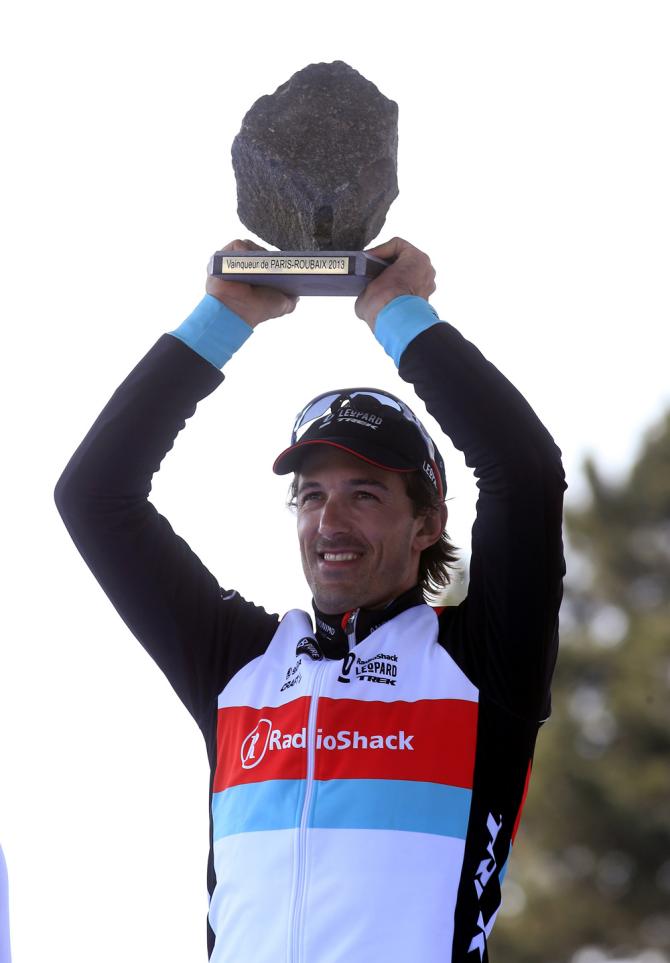
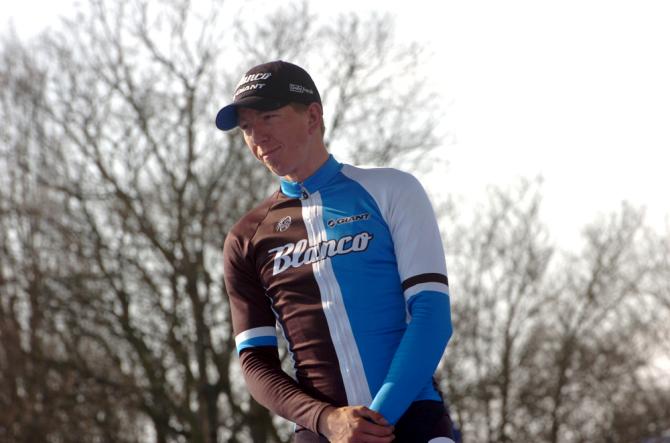
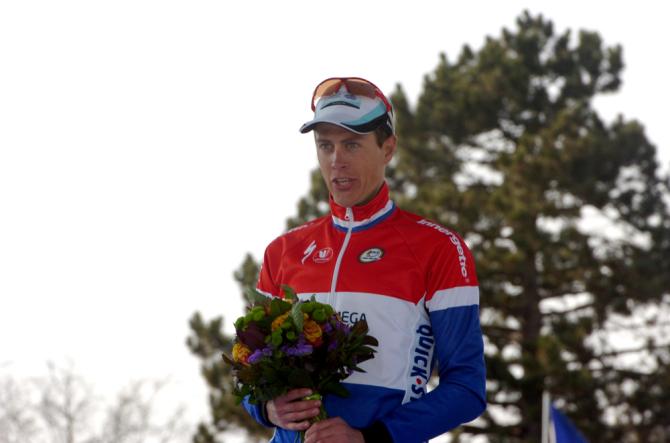
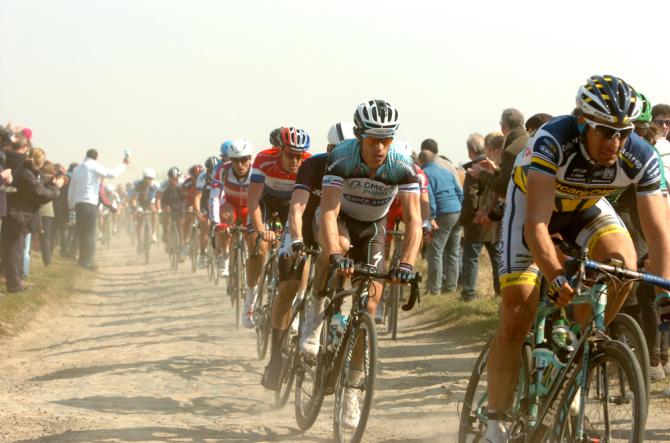
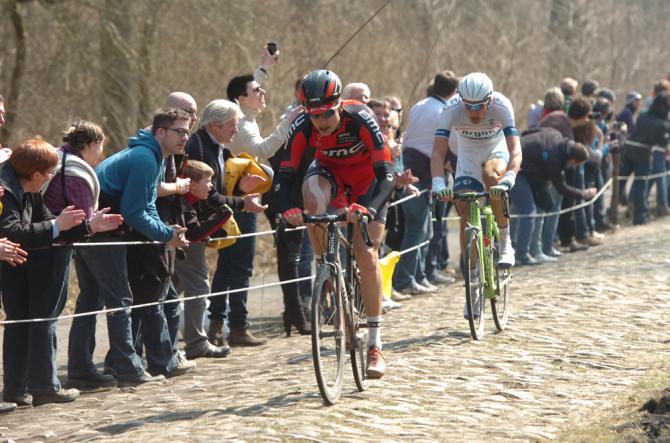
Cancellara’s spring conquest
“Mission accomplished” announced RadioShack-Leopard in a post Paris-Roubaix press release without even any hint of irony. But after the travails of 2012 and Cancellara's injury hit spring last year, it’s hard for even the most devout Boonen fans to begrudge Cancellara his dues this time.
At E3 Harelbeke he was dominating, at the Tour of Flanders he was merciless, then at Paris-Roubaix he was calculating and incisive.
Knowing that he’d be watched like a hawk Cancellara set out phase one of his Paris-Roubaix game plan early, using up teammates in the first half of the race in a bid to negate the threat of 2011 when a group was given too much room.
Each escape was given two minutes or less and when Cancellara’s men disappeared off the front, phase two began. A testing acceleration burnt off the likes of Hushovd, Boasson Hagen and Chavanel (who was forced to change bikes and chase) and brought a number of other contenders into Cancellara’s sights.
He was then able to measure who was a genuine threat but perhaps his best play came when he drifted back to the team car to liaise with Dirk Demol. Half the lead pack carried on racing – like they should – but Boom, Eisel and Terpstra slowed too. It provided the opportunity to eliminate a further three rivals with one attack and once Cancellara started carving through the groups it was simply a matter of who could keep up.
Is it time to rebuild Omega Pharma-Quick Step?
Get The Leadout Newsletter
The latest race content, interviews, features, reviews and expert buying guides, direct to your inbox!
If team manager Patrick Lefevere is looking for positives aspects to away from Omega Pharma-Quick Step’s difficult spring campaign, he should look to the promising performances of Zdenek Stybar, Michal Kwiatkowski and Stijn Vandenbergh. They all showed huge potential for the future.
For all of Tom Boonen’s past success and his many comebacks, he can’t go on forever and 2013 may be seen as a blessing in disguise for Lefevere, giving him the opportunity to see which of his riders can develop into team leaders.
The Belgian super team still has a number of issues to resolve, not least their faulty lead outs for Mark Cavendish. However with the Belgian transfer market well underway, the most pressing task for Lefevere will be deciding whether and where the team needs strengthening for the 2014 season. It is time to start looking for the next Tom Boonen.
Vanmarcke saves Blanco blushes
Heading in Paris-Roubaix, Blanco led a long list of teams desperate for a big result and in Lars Boom and Sep Vanmarcke the Dutch squad had better than average hopes of a podium.
Both played roles in the race, escaping with the main group of favourites inside the final 60 kilometres after fine work from Maarten Wynants and Robert Wagner.
Boom marked Cancellara and simply couldn’t respond when the RadioShack rider started to eliminate the opposition. Vanmarcke was more inventive and used both luck and talent to seize the initiative, jumping clear with Stijn Vandenbergh.
It was one of the most tactically astute plays in the race, the Blanco rider knowing that the Omega Pharma-Quick Step man would tow him along under the unquestionable orders of Lefevere, while Cancellara would have to make a significant effort to join them.
There was a little wobble when Cancellara accelerated on the Carrefour de l'Arbre, and Stybar briefly looked stronger, but Vanmarcke became Cancellara’s final rival on merit alone and it was testament to the threat he held in so much as Cancellara attacked before the finish in an attempt to dodge the sprint.
Considering Vanmarcke could barely stand three weeks ago after injuring his knee in Tirreno-Adriatico and that he hobbled through Gent-Wevelgem and Flanders, his Roubaix results stands up as one of the memorable rides this spring.
Spare a thought for Rabobank who weren’t able to celebrate after having shelled out on signing Vanmarcke from Garmin.
Blanco are still negotiating with a number of international parties in their search for sponsorship but after Roubaix, Vanmarcke’s agent will also one fielding several important calls.
Having signed a two-year deal Vanmarcke is in the driving seat. If Blanco find a replacement sponsor, the situation is dandy. Should Plugge and his staff fail, Vanmarcke will not only be paid the final year of his current deal in full but he’ll also pick up a cheque from his new team. Some teams may use that as bargaining chip to undercut the rider but there should be enough teams to ensure that Vanmarcke receives his true market value.
It’s almost impossible to pinpoint exactly where Team Sky went wrong this spring, such were the numerous mistakes the team made. From dithering over leadership, to Geraint Thomas’ poor positioning at key points in Flanders and Roubaix, one of the most heavily backed and professional teams in the peloton were left disappointed with just Matt Hayman’s podium in Dwars Door Vlaanderen to celebrate.
It’s arguable that the team has regressed in terms of rider talent. The arrival of Gabriel Rasch, Luke Rowe, Salvatore Puccio haven’t improved the unit as a whole and the loss of Juan Antonio Flecha, although a limited rider himself, rules out an experienced set of legs who can grind out results.
Edvald Boasson Hagen is perhaps the most disappointing of all. Before Peter Sagan was pulling wheelies across finish lines and harassing podium girls there was “Eddy B”, a rider considered by teammates, managers and commentators as the next great rider of his generation.
Boasson Hagen’s career has been far from a failure but his persistent no shows in the major Classics should be a major concern for Team Sky. While it is obvious to point to Sky’s Tenerife training as the root of all their problems, the answer could simply be that too many of their riders lack major Classic experience or simply aren’t good enough.
Is it time for more barriers along the cobbles?
Seeing both Stijn Vandenbergh and Zdenek Stybar hit the deck at speed after tangling with roadside spectators sparked anger on Twitter, with the fans along the race route being blamed for ruining the two rider's chances of fighting for victory with Cancellara and Vanmarcke.
In truth the riders are as much to blame for their downfall, opting to ride on the narrow strip of dirt alongside the cobbles, rather than on the more uncomfortable crown of the road.
It can be argued that fans should stay out of the way or that riders should stay on the cobbles. The only way to ensure that crashes don’t happen in future is to greatly increase the sections of pave protected by crowd barriers.
It is impossible to have barriers along all the 50km of pave but the riders, the race and the fans need better protection.
Pozzato personifies Italy's woes
Filippo Pozzato (Lampre-Merida) completed a full set of disappointing Classics results, finishing 22nd at Paris-Roubaix, a significant 2:52 behind Cancellara and Vanmarcke.
The Italian has had a dire spring despite being the well-paid, well protected designated team leader at Lampre-Merida. Pippo was unable to stay with the key contenders over the top of the Poggio at Milan-San Remo, struggled in the Flemish races and crashed due to poor positioning at Paris-Roubaix.
Since his ban for working with Dr. Michele Ferrari, Pozzato has won races, including the Trofeo Laigueglia but claimed he felt 'empty' in the big races, unable to be in the action after 200km of racing.
With Pozzato under performing, Alessandro Ballan (BMC Racing Team) out after his training accident, and the lesser lights all failing to shine, it was up to 36-year-old veteran Luca Paolini to save Italy's spring. He was only 21st at Paris-Roubaix but was in the front group until a puncture sent him backwards.
He won Omloop Het Nieuwsblad and was fifth in Milan-San Remo. However an Italian has now not won Paris-Roubaix since Andrea Tafi in 1999 and any monument Classic since Damiano Cunego won the Tour of Lombardy in 2008. As Gazzetta dello Sport pointed out, that's a lifetime ago for Italian cycling.
Taylor Phinney summed up BMC’s situation perfectly after crossing the line in Roubaix on Sunday: "It's always hard in a team like this to all be motivated for one single goal and one single rider,” he said.
Already one of the most quotable riders in the pack Phinney cut through the nonsense and highlighted the cornerstone of BMC cobbled failures – they don’t know who they are riding for.
Starting the spring campaign with Thor Hushovd as a genuine leader should have been an unthinkable move because no matter how much team backer Andy Rihs paid for the 2010 World Champion rider, he’s no longer the force he once was. In fact he was already on the decline during his one season with Garmin, when two stage wins at the Tour, papered over the fact that his legs were slowing. Health problems last year have only compounded the problem.
Hushovd has failed to deliver a top 10 in any major Classic while Greg Van Avermaet and Phinney have improved to the point where they can both lay claim to hierarchal supremacy over Hushovd.
Until BMC’s management wake up to the fact that after 250 kilometres reputation counts for nothing, they’ll continue to make the same mistakes.
As for Avermaet, he stepped in to fill the shoes of Ballan, saving the team with a string of pleasing performances: fifth at Omloop, sixth in Strade Bianche, third in Gent-Wevelgem, seventh in Flanders and fourth at Paris-Roubaix, make him one of the most consistent riders this spring.
Sylvain Chavanel: OPQS's unprotected team leader
Far less talented riders than Sylvain Chavanel have and will win monuments but at 34 it’s hard to see the Frenchman having a better chance of opening his classics account and rectifying the glaring hole in his palmares than this year.
Even with Boonen wrapped in bandages for much of the spring, Omega Pharma-Quick Step clung to hope that he would recover in time for the Tour of Flanders.
When the crashed out, the team failed to back one single rider (Chavanel), instead changing the team’s DNA and going with a number of options. It almost paid off in Roubaix with Stybar the race’s revelation and Stijn Vandenbergh a heavy animator. But when the time came for Chavanel to stand up he was left trailing with a mechanical. By the time he’d recovered the race was long gone, with his teammates contributing to Chavanel's woes by working up front and going on the attack.
Daniel Benson was the Editor in Chief at Cyclingnews.com between 2008 and 2022. Based in the UK, he joined the Cyclingnews team in 2008 as the site's first UK-based Managing Editor. In that time, he reported on over a dozen editions of the Tour de France, several World Championships, the Tour Down Under, Spring Classics, and the London 2012 Olympic Games. With the help of the excellent editorial team, he ran the coverage on Cyclingnews and has interviewed leading figures in the sport including UCI Presidents and Tour de France winners.
